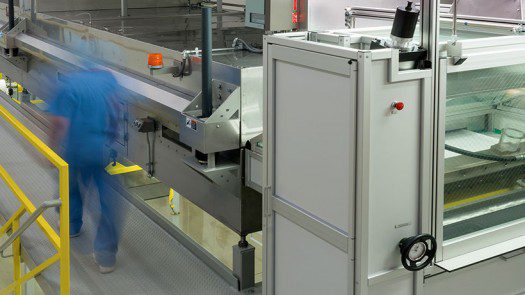
Moisture Vapor Transmission Rate (or MVTR) is a commonly used term in the medical adhesive industry, as well as many other industries like building materials and food preparation. Measuring the permeability of a vapor barrier is essential for ensuring that a medical adhesive delivers desired outcomes. Here’s what you should know.
Measuring MVTR
In the medical field, MVTR is often referred to as porosity, because it describes airflow through a medical adhesive. This is typically measured based on how long it takes a fixed volume of air to pass through a test sample. This is calculated at a rate of seconds/100cubic centimeters/square inch. The faster the air passes through the material, the higher its porosity.
Factors that Affect MVTR
For medical adhesives, the biggest factor affecting MVTR is how tightly woven the material is. A tighter weave will have greater airflow resistance and lower MVTR. A looser weave will allow air and moisture to pass through the adhesive much more quickly. Different adhesive materials could also affect this measurement.
Why is it so Important?
High MVTR can help minimize moisture build-up from weeping wounds or sweat, which can improve patient comfort and reduce the risk for infection. Because of this, we’ve seen a consistent increase in customers asking for high-MVTR products. Thanks to our custom capabilities, we’ve been able to grow alongside this demand and ensure that we provide medical adhesives that deliver the desired results.
With the right porosity, medical adhesives can provide better outcomes to patients. Here at DermaMed, we’re pleased to be able to meet a wide range of MVTR requirements to better fit the unique needs of different healthcare providers.
